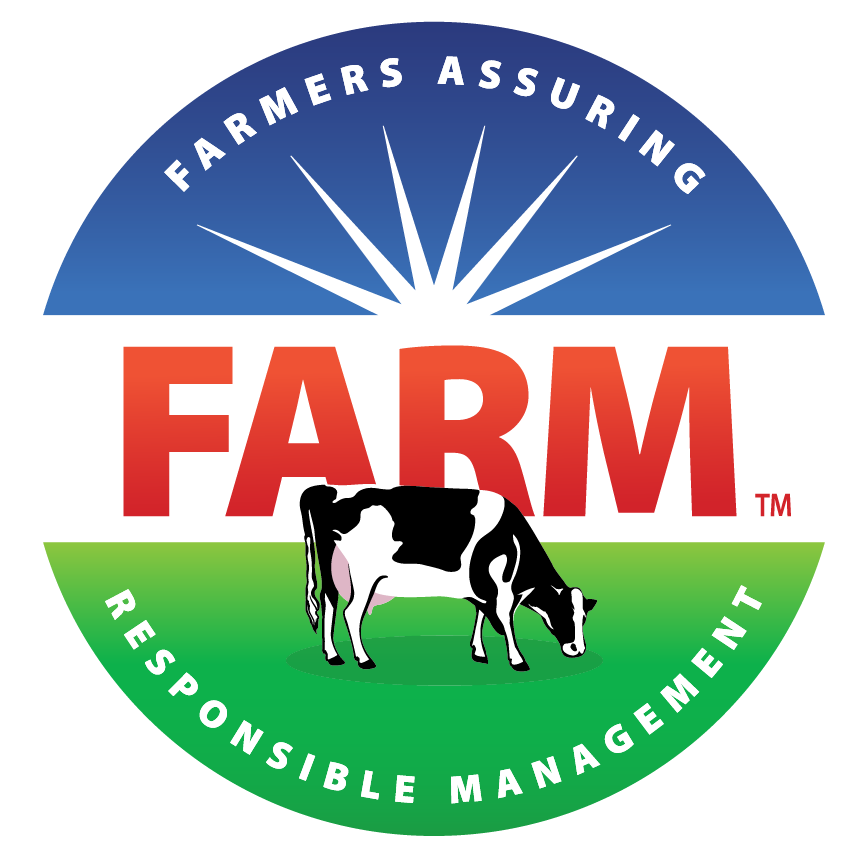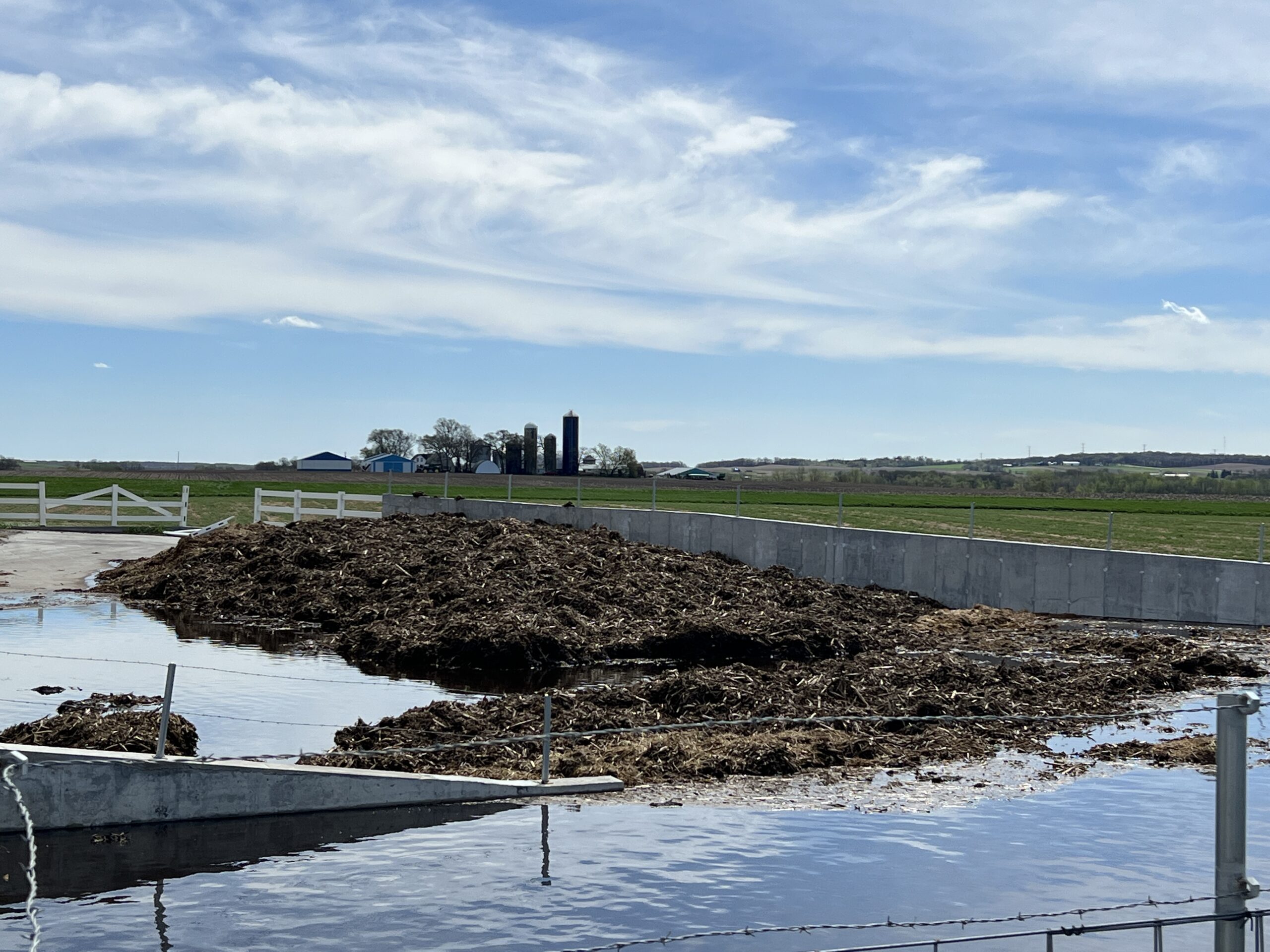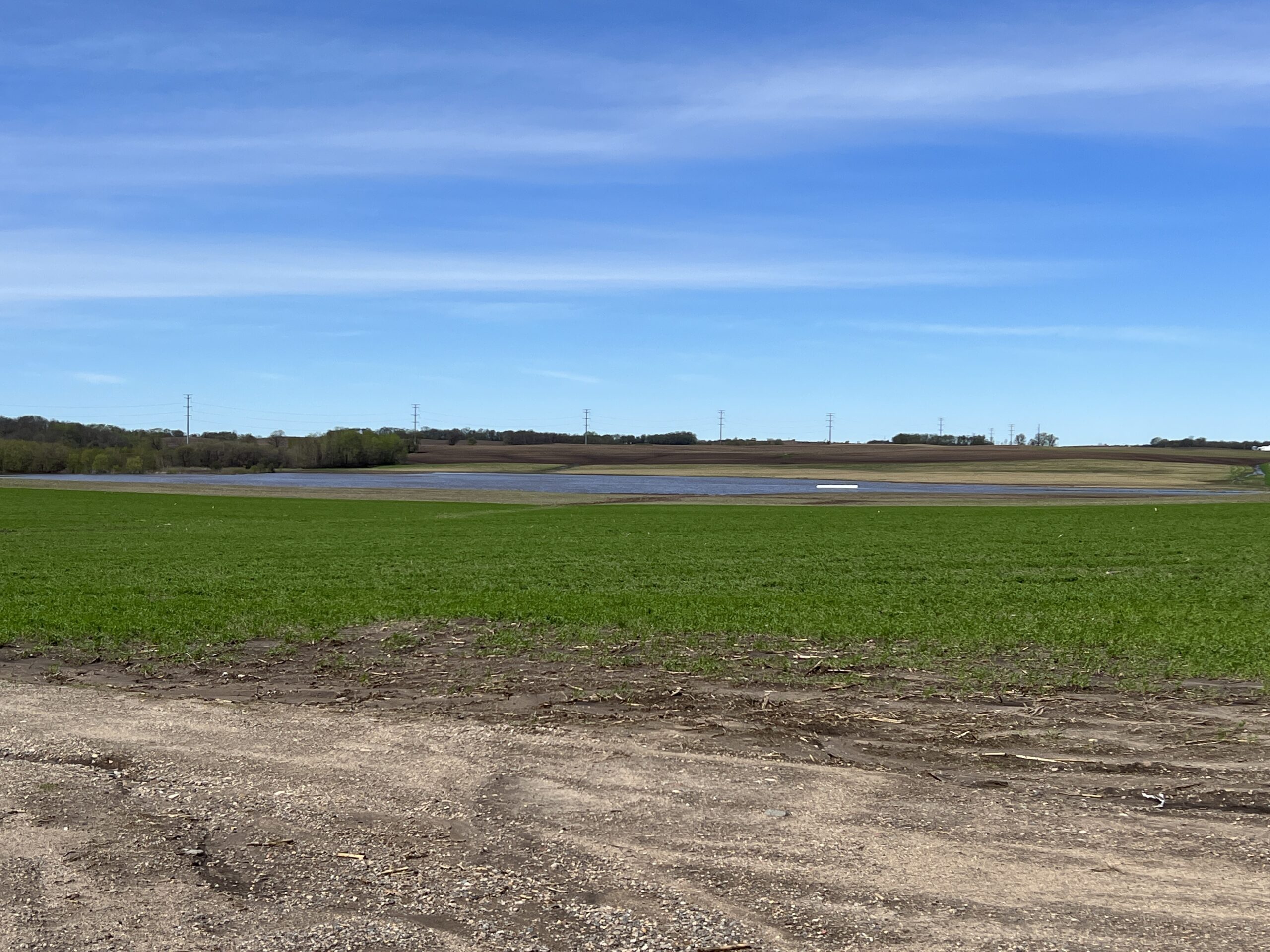- About
- Key Issues
Labor & Rural Policy
Sustainability
Animal Health
Nutrition & Food Safety
Labeling & Standards
- Programs & Resources
- Advocacy
- News
- Membership
- Events
- Stay Informed
- Contact
Schlangen Dairy
Albany, MN


Leaving a farm better than you found it is a guiding principle for Steve Schlangen.
“The sustainability side of things, I think, is something dairy farmers have been a big part of for as long as I can remember,” said Schlangen, who milks 60 dairy cows with a robotic milker near Albany, MN.
For Steve and his wife Cheryl, being good stewards of the land has always been a part of their story as they carve a path for future generations of dairy farmers one project at a time.

Steve’s dairy journey started in 1986, when he rented a barn and bought a small Holstein herd on the farm they own today. After marrying Cheryl, they purchased what’s now Schlangen Dairy. Steve and Cheryl are Associated Milk Producers Incorporated (AMPI) member-owners; in 2020, they were among the first AMPI member-farms to voluntarily complete a FARM Environmental Stewardship evaluation.
“If you see opportunities out there to improve, to help your operation, to give you a brighter future, you definitely want to explore it,” he said. Through the FARM ES evaluation, Steve was able to set a baseline for the farm’s estimates of greenhouse gas emissions and energy intensity.
The FARM ES Program is a farm-level environmental assessment and customer assurance program that’s one of five program areas in the National Dairy Farmers Assuring Responsible Management (FARM) Program. The core FARM ES evaluation provides a comprehensive estimate of greenhouse gas emissions on dairy farms, powered by the Ruminant Farm Systems (RuFaS) model. The program gives farmer tools and resources to measure and improve their footprints.
“I think something we think about every day is how to continuously improve,” said Steve. “We try to make the environment, our land and everything we do better than what it was last year, or the year before, or even when we started.”

By having a baseline, the farm is able to track, measure and ultimately improve its emission estimates. FARM ES helps Schlangen Dairy evaluate environmental practices and how those practices change the farm’s overall footprint.
As a FARM ES Task Force member, he hopes to share his knowledge with FARM’s program participants.
“One of my reasons for joining was looking to help others understand the benefit and continue to move forward, to continue to improve on things in whatever way we possibly can,” he said.
Schlangen Dairy participates in a number of state, regional and national programs that highlight the importance of sustainable practices in agriculture.
As the only farmer on the start-up committee of what would become the Headwater Agriculture Sustainability Partnership, he said he felt it was important for farmers to have a seat at the table. Steve was one of three farmers who originally volunteered for the HASP ROI project, a program promoting farmer-led conservation projects.
The farm participates in the Natural Resources Conservation Service Conservation Stewardship Program to improve its nutrient and pest management practices.
The Schlangens installed a stacking slab where manure is stored until nutrients can be applied to land at the optimum rate, time and place. The farm uses a vegetative buffer strip to improve water quality and provide hay for feed. They also use low-disturbance manure injection practices to incorporate nutrients into the soil, minimizing runoff risks and conserving water quality.

“All of these practices build on one another, creating sustainable and efficient water, feed and manure management systems,” he said.
For Steve, improving the environmental factors on farms can also improve a dairyman’s bottom line. “They absolutely go hand-in-hand,” he said. Monitoring their practices and incorporating new research and technologies has increased crop yields while using fewer resources, contributing to economic gains.
“The manure management is not only good for the soil, but it reduces the cost and the effect of outside fertilizer,” he said.

And all of it increases the sustainability of Schlangen Dairy, encouraging future generations to continue to produce the dairy products that consumers know and love today.
“It’s not just about the money, it’s about getting the most out of what you put into your operation every day.”